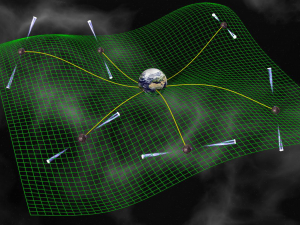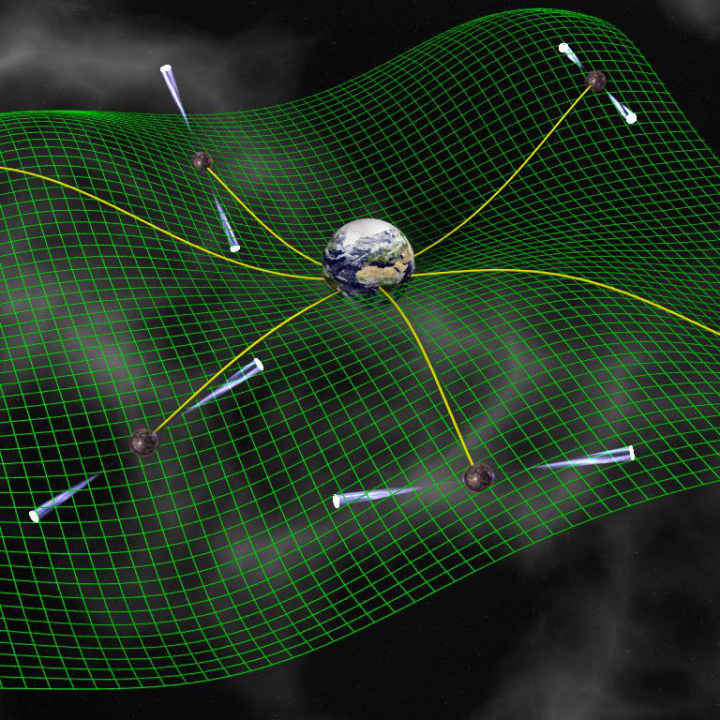
PTA – Pulsar Timing Array
The Pulsar Timing Array program is an international project whose objective is the detection of gravitational waves in the nanoHertz range by means of the timing of a network of stable pulsars distributed over the whole sky and observed with a frequency of a few days. At the national scale, this program is funded by the ANR (PTA-France, 2019-2023, P.I. G.Theureau) and gathers researchers of the ASTRO team of the LPC2E and researchers of the Gravitation team of the Parisian laboratory Astroparticles and Cosmology (APC). On a European scale, the European Pulsar Timing Array (EPTA) is composed of teams from ten institutes: Max Planck Institut for Radio Astronomy, Max Planck Institut for Gravitational Physics and University of Bielefeld (Germany), ASTRON Institute (Netherlands), University of Manchester, University of Birmingham and University of Norwich (UK), Cagliari Observatory (Italy), Observatoire de Paris and Université d’Orléans (France) On a global scale, EPTA is joined by consortia from North America (NANOGrav), Australia (PPTA), India (InPTA), China (CPTA) and South Africa (MeerKAT), to form the International Pulsar Timing Array (IPTA – http://ipta4gw.org/). A total of ten large radio telescopes from 64 m to 300 m of effective diameter are participating in this program: Jodrell Bank (United Kingdom, 76 m), Westerbork (Netherlands, 97 m), SRT (Italy, 64 m), Effelsberg (Germany, 100 m), NRT (France, 94 m), GBT (United States, 100 m), Arecibo (United States, 200 m), FAST (China, 300 m), GMRT (India, 120 m), MeerKAT (South Africa, 110 m).

